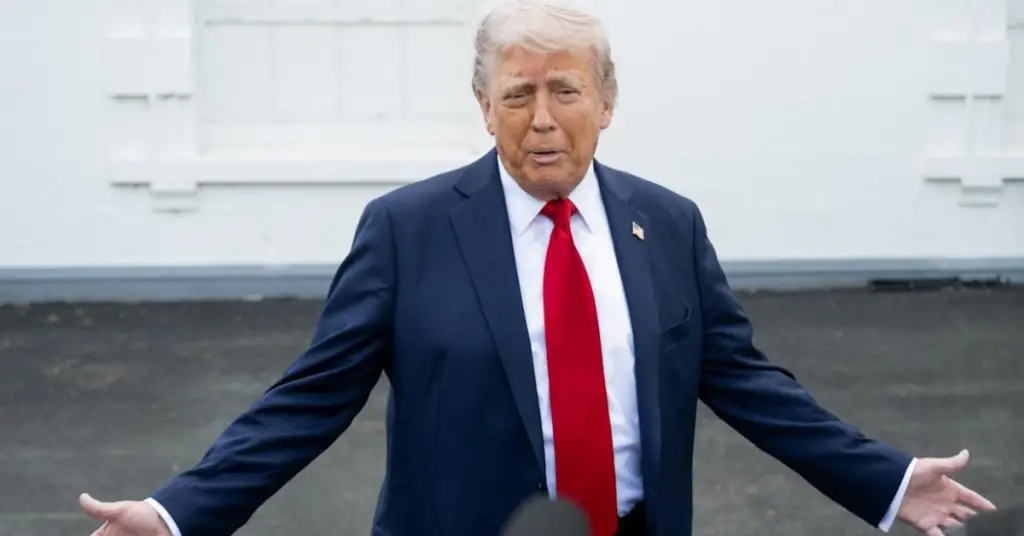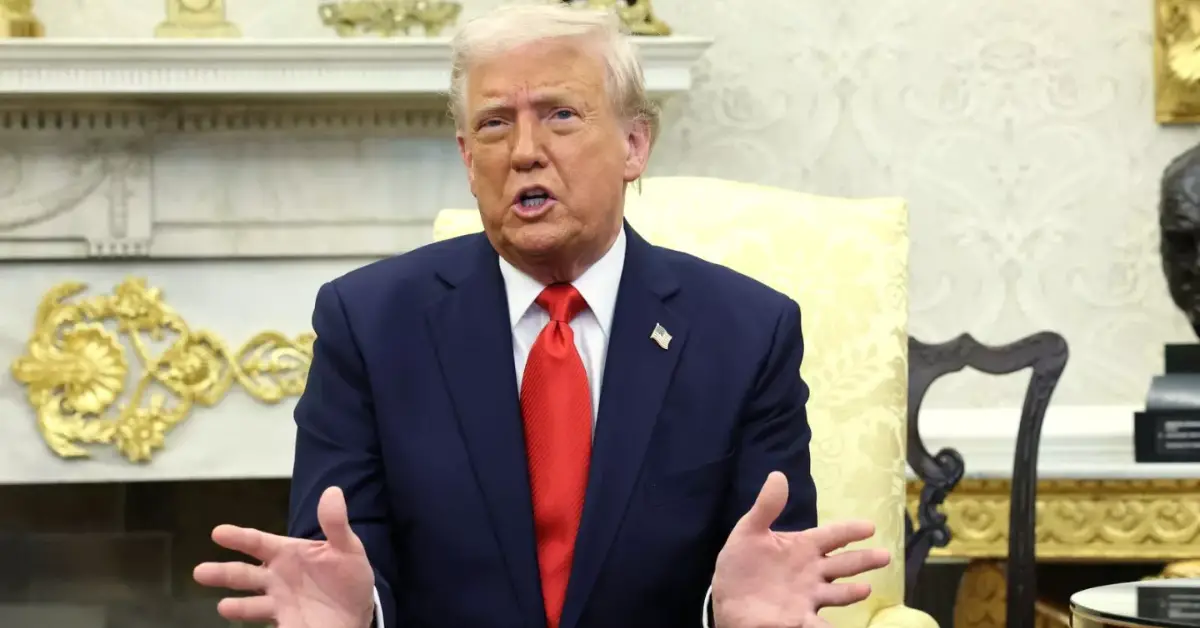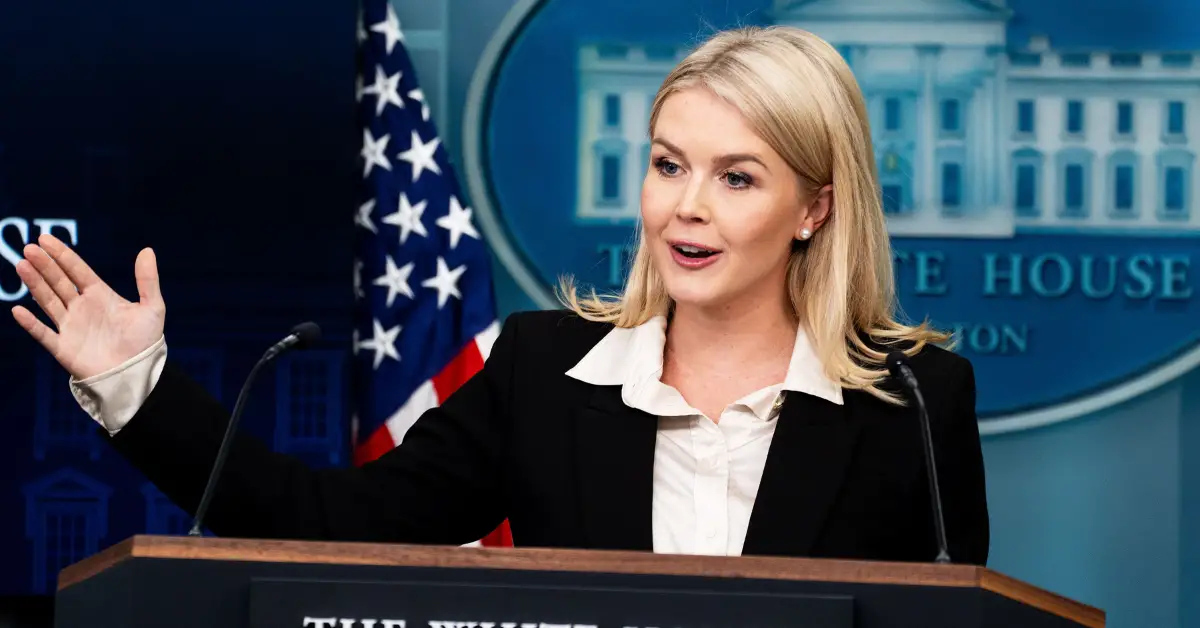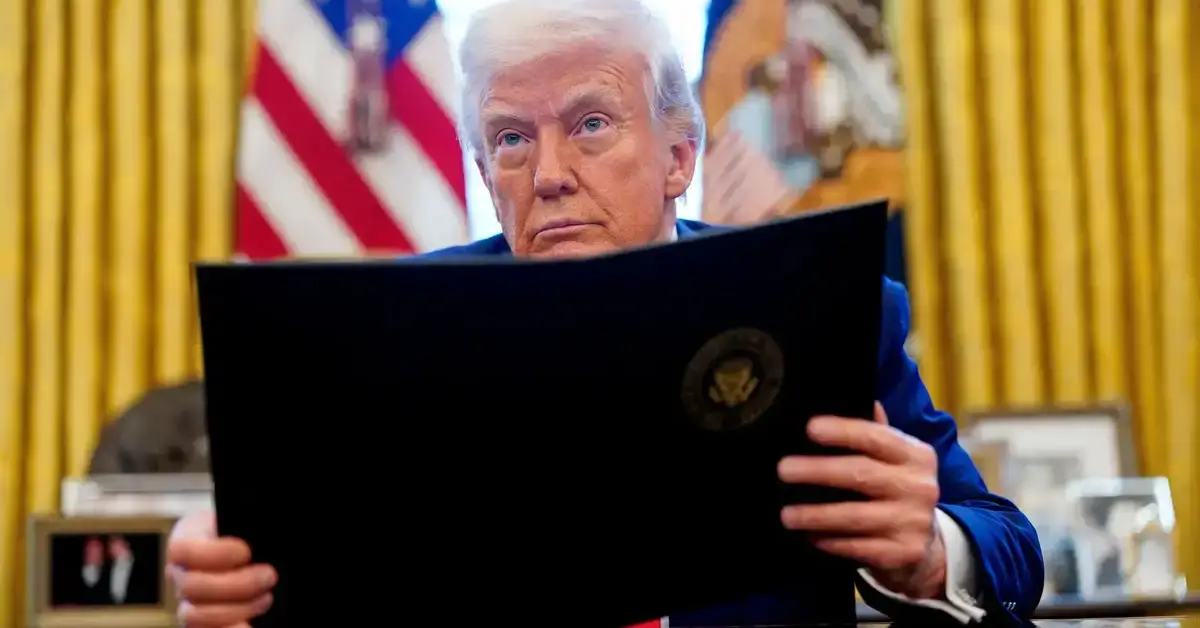President Donald Trump is reportedly considering scaling back the aggressive tariffs that have defined his trade war with China, as the damaging effects of the ongoing conflict become increasingly evident on the US economy.
According to reports from The Wall Street Journal, the Trump administration may be considering reducing tariffs on Chinese imports by up to 50% to 65%. This potential shift comes amid growing concern that the trade war is causing significant harm to the US economy, which has been struggling to cope with the burden of these border taxes.
In a statement late on Tuesday, President Trump acknowledged the possibility of reducing the levies, saying that tariffs on Chinese goods would “come down substantially.” He reiterated this sentiment the following day, telling reporters that the goal was to have a “fair deal with China,” though he did not confirm the specific tariff cuts reported by the press.
Trump’s remarks sparked optimism on Wall Street, with major stock indices, particularly the tech-heavy Nasdaq, seeing an impressive uptick. At one point, the Nasdaq surged by as much as 4%, as investors reacted positively to the news of potential tariff reductions. The idea of scaling back tariffs — a hallmark of Trump’s trade policies — was seen by many as a hopeful sign that the trade war could be winding down and that both sides were taking steps toward a resolution.
The president also revealed in an Oval Office address that the US would make its decision on tariff adjustments within the next two to three weeks, emphasising that any agreement with China would depend on their willingness to make concessions. He added that the two countries were negotiating “every day” on the matter. While the possibility of cutting tariffs has been floated, no formal agreement has been reached, and the outcome of these talks remains uncertain.
In addition to reducing tariffs on Chinese imports, Trump is considering offering exemptions to certain U.S. industries that the trade war has negatively impacted. The Financial Times reported that US car manufacturers, in particular, may be exempt from the tariffs imposed on Chinese imports, especially for car parts sourced from China. This would provide some much-needed relief to the automobile industry, which has faced higher costs as a result of the trade war.
However, despite the optimism surrounding the potential tariff reductions, there are dissenting voices within the Trump administration. Treasury Secretary Scott Bessent publicly downplayed the possibility of unilateral tariff cuts, asserting that China must also make concessions.
According to Bessent, the idea that the US would reduce tariffs without receiving something in return from China was not in the cards. His comments led to a brief pullback in the stock market, as investors awaited further clarification on the administration’s stance.
The consideration of reducing tariffs marks a significant shift in the president’s approach to China. Under Trump’s leadership, tariffs on Chinese goods have skyrocketed, reaching as high as 145% on certain items. The administration has used these tariffs as a tool to pressure China into agreeing to changes in trade practices, including addressing concerns over intellectual property theft, forced technology transfers, and trade imbalances. In response, China has implemented its own set of tariffs on US goods, including a 125% levy on various American products.

The trade war has led to a substantial decrease in trade between the two nations, with key industries on both sides of the Pacific experiencing strain. Trade shipments between China and the US have plummeted, signalling a sharp drop in economic activity. A recent survey of US businesses revealed that growth in activity had slowed to a 16-month low, further highlighting the negative impact of the trade conflict on the US economy.
The potential reduction in tariffs comes at a time when the harm caused by the trade war is becoming increasingly apparent. President Trump’s “America First” strategy, which has prioritised protectionist policies and economic nationalism, has placed immense pressure on the US economy. The conflict has disrupted supply chains, increased costs for consumers, and created uncertainty in global markets.
Despite these challenges, some members of the administration are doubling down on the “America First” message. Treasury Secretary Bessent recently defended the idea of the US embracing a stronger leadership role on the world stage, arguing that “America First” does not mean isolation. He stated that the goal was to deepen collaboration and foster mutual respect among trade partners, while expanding US leadership in global institutions such as the International Monetary Fund (IMF) and the World Bank.
However, this rhetoric stands in stark contrast to the language Trump has used in the past. Earlier, the president claimed that the US had been “looted, pillaged, raped and plundered” by its trading partners for decades, a sentiment that drove much of his hardline approach to trade. However, with the economic impact of the trade war becoming increasingly pronounced, the Trump administration appears to be reconsidering its stance on tariffs.
If Trump moves forward with reducing tariffs on Chinese imports, the new rates would still be higher than they were before his administration took office. However, the decision to reduce the tariffs would represent a significant concession. It could be interpreted as a shift toward diplomacy and negotiation, rather than relying solely on economic pressure to force China to the bargaining table.
A reduction in tariffs could be a step toward resolving the trade war, but it could also be seen as an acknowledgement that Trump’s “economic force” strategy has not yielded the results he hoped for. While tariffs have been effective in driving attention to China’s trade practices, the costs to US businesses and consumers have been steep. With both sides of the trade war feeling the pressure, a return to more balanced trade relations could be in the cards.
The road to a trade deal remains complex, and the relationship between the US and China will continue to shape the global economic landscape for years to come. While some may view Trump’s consideration of tariff cuts as a sign of weakness, it could also be seen as a pragmatic response to the realities of a globalised economy. The president’s next steps will be crucial in determining the future of US-China trade relations and whether a new, more equitable trade deal can be reached.
As negotiations continue, the world is watching closely, and it remains to be seen whether the trade war will conclude with a formal agreement or whether the tariffs will remain in place as a symbol of ongoing tensions between two of the world’s largest economies.
Disclaimer: This article has been meticulously fact-checked by our team to ensure accuracy and uphold transparency. We strive to deliver trustworthy and dependable content to our readers.




